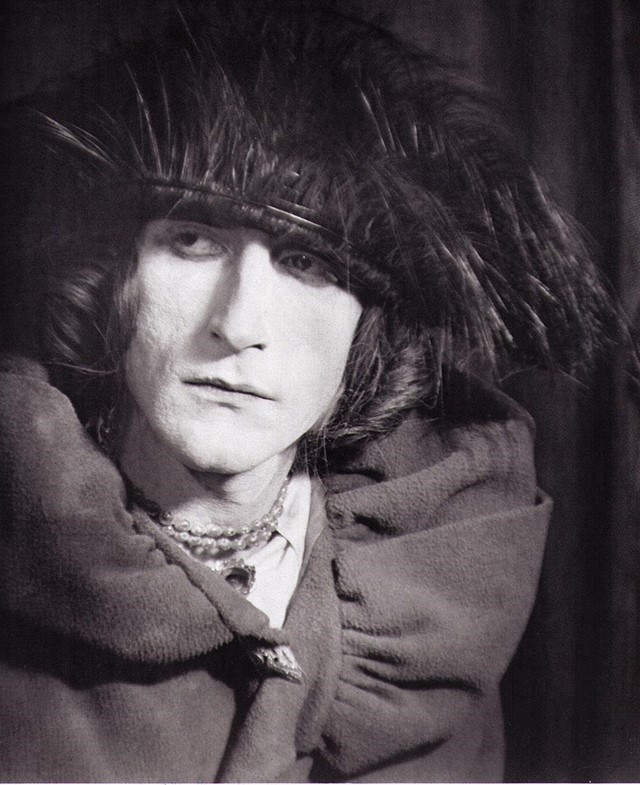AnOther celebrates the Man Ray muse, Dada pin-up, and exemplar of repartee that was Duchamp’s most complex work of art – Mademoiselle Rrose Sélavy
Who? On the underside of a small birdcage containing a thermometer, a cuttlefish bone and a 152 marble cubes cut to resemble sugar lumps, read the riddlesome words, “Why not sneeze Rose Sélavy?” The work of Marcel Duchamp, the Daddy of Dada who shocked the genteel New York art world of 1917 by bringing a urinal into a society show, coining the concept of the readymade, this particular sculpture takes its name from the French artist’s strange and elusive female persona. The sneeze, it should be said, is a euphemism for an orgasm.
Rrose Sélavy first appeared in 1920, but the second ‘r’ in her name wasn’t added until 1921 when she added her signature to Francis Picabia’s collage L’Oeil Cacodylate. Soon after, she began appearing in photographs taken by Man Ray, fashion photographer, fellow artist and informal Dada compatriot. The perfect Duchampian character, Rrose brought to life the artist’s well-marked and symbolic use of language as well as all the playfulness and irony of Dadaism. Her name, a pun on the French adage “Eros, c’est la vie,” has inspired everything from collections of surrealist poetry to an oyster bar in Manhattan.

What? Rrose personified everything about Duchamp’s art, from its wit and its ersatz aesthetic to its erotic undertones. A living, breathing double entendre, she is a figurehead of New York’s short-lived answer to Dada, the irreverent European art movement with beginnings in Zürich’s Cabaret Voltaire. In Man Ray’s portraits she appears in several guises, at times moth-eaten and decidedly masculine, and later, stylish and more fluent in the cues of feminine allure. A murky example of the former appeared on a perfume bottle that Duchamp labelled Belle Haleine (Beautiful Breath). Beyond photographs, she lives on as the author of particular works throughout his career, from writings to the animated film Anemic Cinema.

Why? Duchamp was art’s foremost prankster and a master of subversion. “I don’t believe in art. I believe in artists,” he famously said. Having also compared words to worn pebbles, he took great pleasure spinning everyday expressions into puns before bringing them to life. Along with showing off his penchant for wordplay, Rrose was an extension of the tradition of androgyny and gender bending in portraiture; after all, Duchamp remade the Mona Lisa as a man when he drew a moustache and beard on a postcard of da Vinci’s painting.
His feminine pseudonym was less about trickery, as it was just one of many attempts to tease ideas about identity and self-representation, particularly in portraits of himself. Other likenesses included mugshots that cast him as a criminal and photographs simultaneously depicting him from five different vantage points, but Rrose in particular is one of the most enigmatic parts of the artist’s oeuvre. By creating a female alter ego, and one shrouded in a certain mystery, Duchamp managed to balance the art of contradiction, troubling and underpinning his ideas and intentions in one fell swoop.
